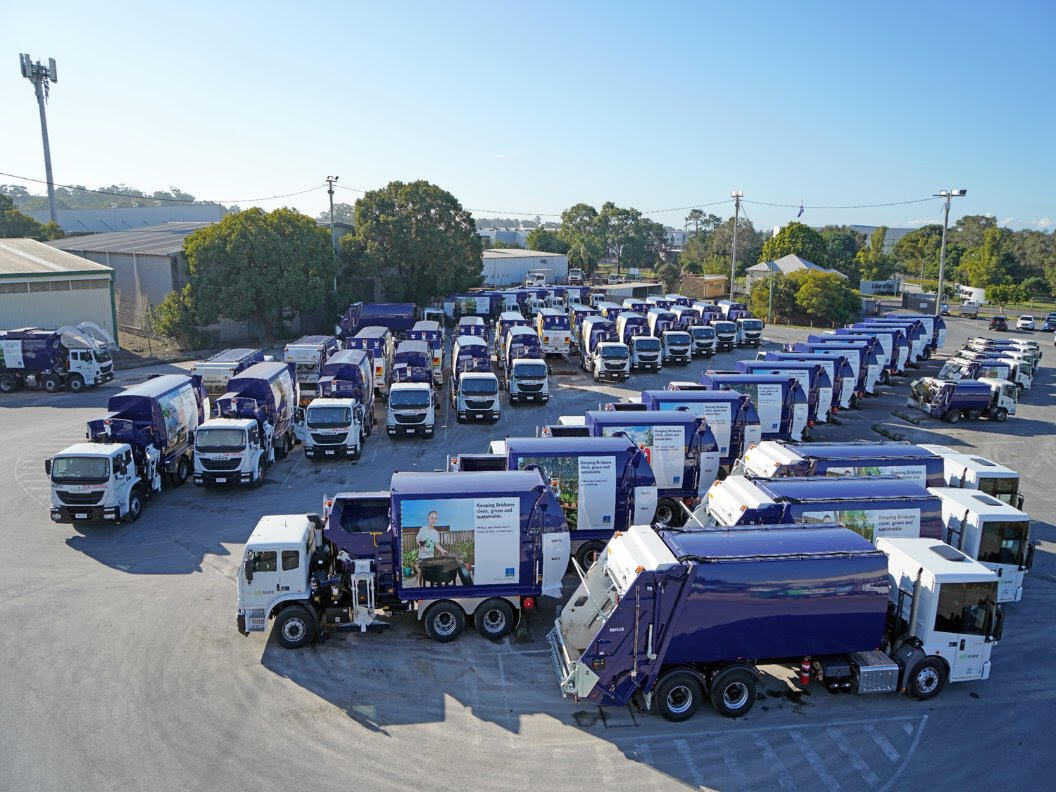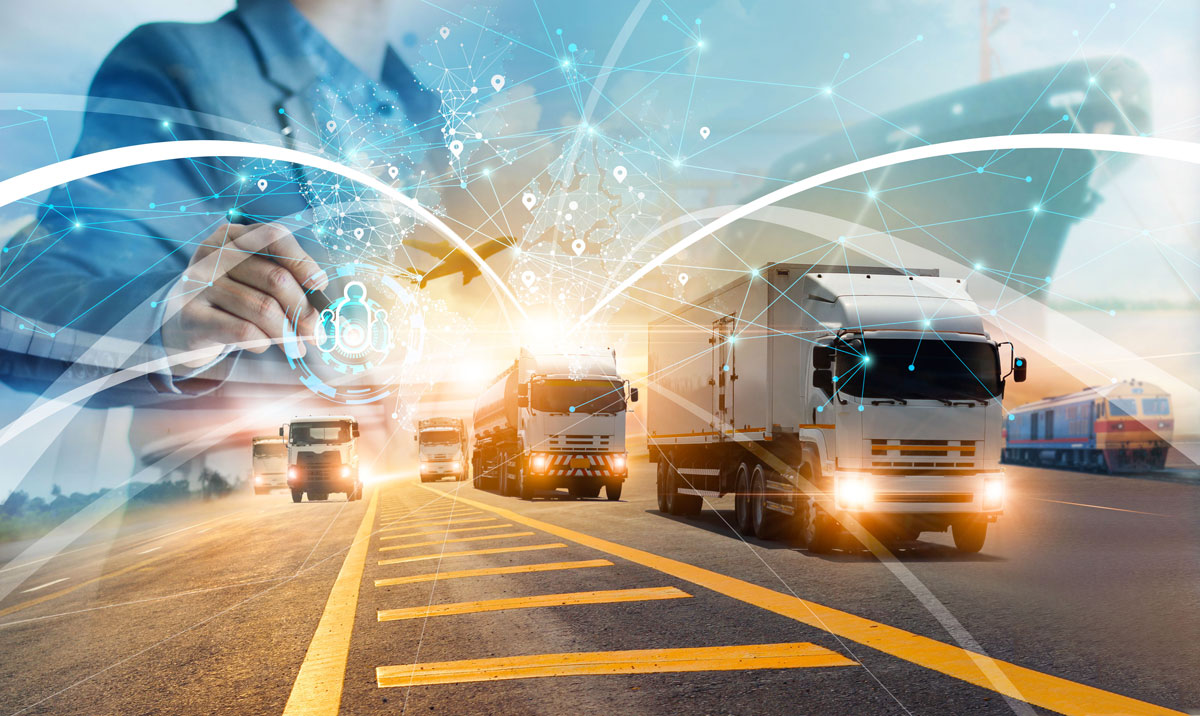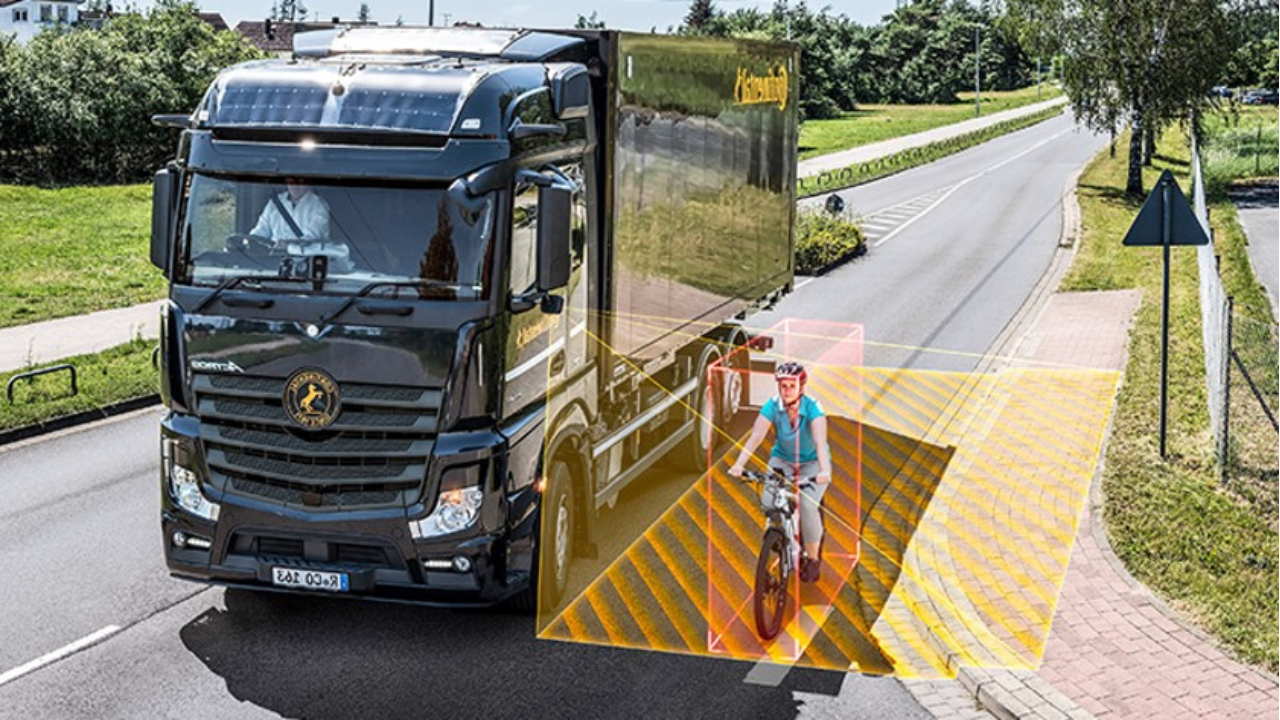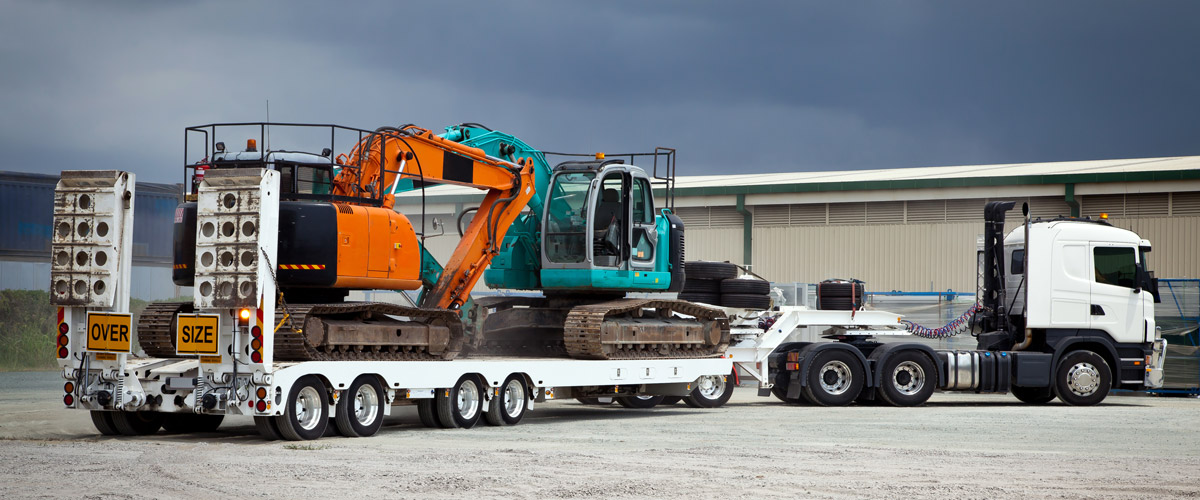New NSW Govt provides guide ahead of enforcing Heavy Vehicle Compliance Standards
In 2020, Transport for NSW released theirrecommendationsfor safety technologies for heavy vehicles on NSW roads and working on government projects....

After offering AI-based heavy vehicle safety solutions for two years the benefits of this exciting technology continue to compound.
SGESCO-MAX has long been an innovator and early adopter of new technologies in our quest to deliver the most advanced heavy vehicle safety solutions for clients.
In late 2022 we identified that the latest generation AI-based camera solutions would deliver more affordable and superior safety solutions and pave the way for solutions to vexing safety hazards, said Scott McPherson, Managing Director of SGESCO-MAX.
“Now with several clients across Australia & New Zealand using these new solutions the benefits are pronounced. These intelligent systems go far beyond recording — they actively prevent incidents, reduce operating costs, and improve on-road efficiency.”
Here are five powerful ways AI cameras can benefit your fleet:
Click on each heading for further details.
There are numerous blind spots around a heavy vehicle which present a huge risk to vulnerable road users (pedestrians, cyclists, motorcyclists, site workers). In some vehicles, over 40% of a vehicle’s surrounds is hidden from a driver and a vehicle’s mirrors. The risk of colliding with an unseen VRU or damaging property when changing lanes, turning and reversing has been a constant hazard and cost to business.
MAX-SAFE solutions use AI cameras positioned at key points on a vehicle. The cameras incorporate Machine Learning (ML) technology which has over 99.96% accuracy in detecting humans within a defined danger zone.
The AI cameras detect pedestrians, cyclists, and other vulnerable road users (VRUs) in real time, alerting the driver (audibly and visually) before an incident can occur.
In some cases, the technology can be integrated with onboard systems to automatically brake a truck. Similarly, people exterior to the vehicle can be alerted to the impending danger. These real time alerts give drivers and fleet managers greater confidence and peace of mind as they can see people around their vehicle. A solution like MAX-SAFE Protect 360 AI can provide full detection of people around a vehicle.
Until recently many VRU detection systems would be always on – in a pre-emptive alert state. For example, if turning a corner, a warning might sound effectively telling a driver, ‘Be careful turning the corner as there may be someone there and close to the vehicle”. There was no distinction between an actual VRU risk and a possible VRU risk. Because there was often no basis to the alert, this could lead to "alert fatigue," with drivers becoming desensitised and ignoring genuine warnings. A factor confirmed by a German study of advisory warning systems.
MAX-SAFE’s modern AI cameras will only alert a driver when there is an actual person there.
Additionally, AI systems use intelligent filtering to distinguish real hazards from harmless background motion like road signs or weather effects that might blow something close to a vehicle (e.g. a witch’s hat).
Fewer false alerts mean drivers can trust the alert, remain attentive to critical warnings and be more responsive to real threats, improving reaction time and reducing distraction.
Having a system in place that gives drivers greater confidence also helps reduce driver stress and fatigue and fewer delays due to hesitation or human error.
New AI Camera systems and related technologies are helping prevent accidents, injuries and property damage – a huge cost savings to business.
You can read about the average payout costs for major personal injury, fatality and property damage here as well as the related insurance admin and delay costs to a business.
Fortunately, most incidents are minor – however these still carry a cost – and this is where AI is also having an incremental and flow-on impact.
Some reports suggest AI is resulting in between 60 - 80% fewer minor manoeuvrings incidents reducing common low-speed collisions like:
A 2025 Survey of 200 UK fleet decision makers found that 69% identify real time driver alerts as a key advantage of AI with 65% noting AI’s ability to predict accidents before they occur as a key benefit. Source.
This all results in less time lost to damage reports, clean-ups, or minor vehicle repairs.
On the flip side, AI Cameras like those provided in our MAX-SAFE Protect 360 AI can be linked to recording devices, providing an accurate account of any accident from any direction of travel. It can provide the necessary data to prove who the at fault party is, supporting liability claims and reducing legal and insurance costs.
An area where removal of blinds spots is most evident – and beneficial – is in logistics delivery and pick-ups.
With cities becoming more populated with more traffic, logistics drivers must contend with more challenges and stay safety compliant while streamlining service delivery and efficiencies.
One way they can do this at depots, warehouses and client locations is ensuring textbook pit stops, reducing dwell time or time on site.
AI cameras fitted on delivery trucks are providing real-time blind spot elimination, depth perception, and object detection.
These features reduce the time spent aligning with loading docks, especially in tight or busy environments. Incremental through to significant gains are being made in faster docking times, reduced manoeuvrability movements, and reduced minor manoeuvring incidents – collectively resulting in faster turnarounds.
Related AI solutions and telematics can help with identifying dock availability bays and traffic-rerouting and rescheduling to optimise delivery schedules when unexpected delays happen.
For logistics hubs, cold chain distribution centres, and high-volume e-commerce warehouses these AI solutions are welcome technological advances.
Using AI cameras in heavy vehicles enables safer fleet culture by providing valuable information driver behaviour, conditions and processes.
Aside from recording accidents, these devices can capture near misses. They can help monitor unsafe driving behaviour like tailgating, harsh braking, and speeding This in turn can identify driver training interventions to improve driver capability which will also lessen wear and tear on vehicles.
AI-powered in-cabin cameras used for driver behaviour can monitor driver fatigue and attention to alert drivers if they are getting drowsy or distracted. This helps drivers be more responsible and safer.
Through these methods fleet managers gain actionable data to coach drivers, reinforce safety policies, and reward good performance, creating a more accountable and safety-conscious team.
When National Grid, an energy company operating in the UK and US, added machine vision and AI-powered video telematics to their fleet they saw amazing outcomes with respect to accident reduction and safety. From 2010 to 2018, their utility fleets recorded:
The same technology can also lead to design and process improvements – be that how vehicles enter or exit a depot or work site, whether a site should be designed differently for better and safer flow, which roads heavy vehicles should drive on to get from A to B and what is the safest route for a heavy vehicle to take for the benefit of other road users.
On top of these benefits, AI cameras are enabling a whole new class of heavy safety solutions to be developed, according to Scott.
“We can now integrate a highly accurate AI camera with our active braking technology to automatically halt the moving parts of vehicles, ensuring the safety of people who may be oblivious to danger.
“We are talking about companies working in waste management or civil construction where there are arms or lifts used to lower and raise bins, skips and other machinery. AI cameras can identify if a person is an unsafe zone and with our ECU and braking technology, a moving part can be automatically halted, preventing an accident from happening.
“This is an exciting and welcome development,” said Scott. “We see AI continuing to pave the way for solutions to previously challenging safety concerns.”

In 2020, Transport for NSW released theirrecommendationsfor safety technologies for heavy vehicles on NSW roads and working on government projects....

In the coming decade, 40% of Australians will be at risk of being struck by a heavy vehicle if fleet operators don’t take critical CoR actions to...

Improving heavy vehicle safety technologies is a challenge for fleet managers and trucking companies dealing with rising running costs and only a...